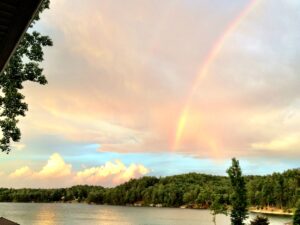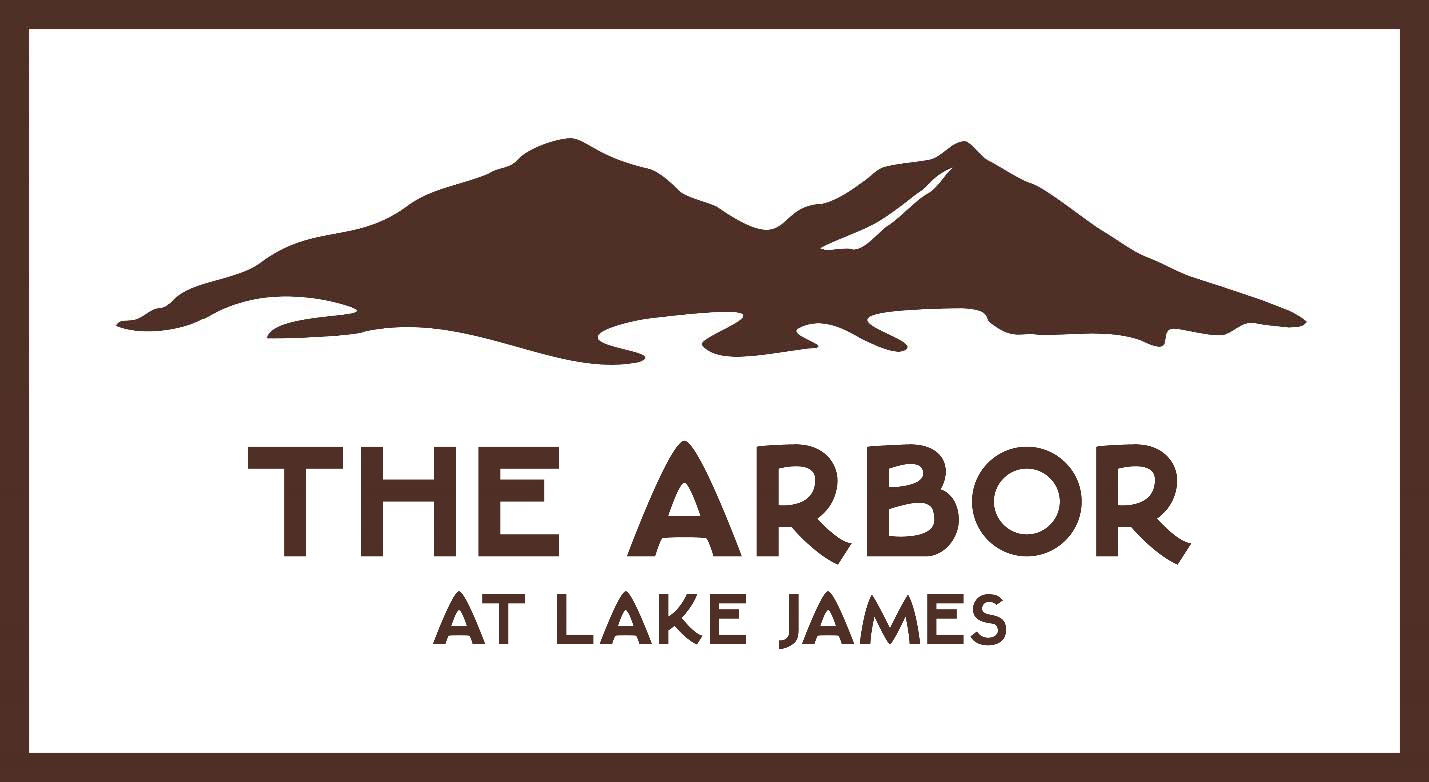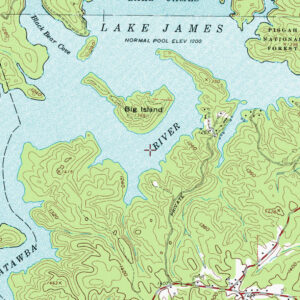The History of Lake James
The History of Lake James
I am made of this earth
On which the Great Man above placed me…
And what I am about to tell you,
I have had in my mind for many years.
Corn Tassel – Cherokee Chief
As neighbors of the Arbor gather there are often stories of long held plans of a place just like this. A place of natural beauty and peacefulness. A place where families gather to live and play.
We are not the first to have such plans for this area. This area was first inhabited by the Cherokee around 1400 AD. In fact, a place just five miles north of Morganton has been identified as the Mississippian culture chiefdom of Joara. This was a time when buffalo were still seen in the valleys around the Arbor. Major trading paths extended north and west from Joara perhaps passing what is now our main gate.
In 1540 Hernando Desoto visited the Native American village of Xualla somewhere near the foot of the mountains in his search for gold. His path across the Blue Ridge and on to the Gulf of Mexico is believed to have been through the Swannanoa Gap.
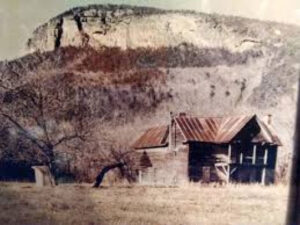
Juan Pardo led explorations of the area in 1566 and 1568, one leading to a European settlement near Joara. This settlement was the first by white men in North Carolina and preceded the English settlement of Roanoke by twenty years. More permanent settlement came later and included explorers William Linville and Christopher Gist around 1730. John Allen settled in the North Muddy Creek area in the 1750s, James Jack in Dysartville in 1762 and John McDowell at Pleasant Garden in 1765.
The Cherokee were concerned with the encroachment from white settlement. An uneasy alliance was formed for the purpose of trade and at one point a treaty defined the Western and Northern limit of white settlement as the bank of the Catawba River that now forms the Northern and Western limits of the Arbor.
With continued settlement the peace would not hold and open conflict between natives and settlers broke out. When word spread that the Cherokee had attacked the Carolina frontier, Francis Marion set aside his farming and volunteered to serve at the direction of Governor Lyttleton. Marion’s successful campaigns led to naming the local settlement as Marion, North Carolina. Marion of course went on to achieve greater fame as the Revolutionary War’s Swamp Fox and was the inspiration for the movie The Patriot.
Locals skilled in battle with deadly long rifles made the famed trek, the Over Mountain Victory March, through Old Wildlife and 1780 to tilt the balance in the pivotal battle at King’s Mountain. Though the area avoided major conflict in the Revolutionary and Civil Wars the likes of Cornwallis and Stoneman did travel through the area.
In the late 1800s Marion and the surrounding area developed as a farming and agricultural community. It is not hard to envision an old farmhouse off Goodman’s Point surrounded by fields in a broad flat curve of the Catawba.
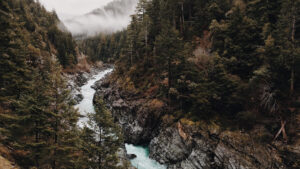
Things began to change in the early 1900s and key to that was the creation of Lake James between 1916 and 1923. Dr W Gill Wylie, James Buchanan Duke and William States Lee believed the South was too dependent on agriculture and envisioned a chain of lakes in the Catawba basin to create hydro electric power. They founded the Catawba Power Company which later became Duke Energy. One of their first endeavors was creating Lake James which was named for James Duke.
Industrialization came quickly to Marion and Morganton. Plants like Drexel Furniture, Marion Manufacturing, Clinchfield Mill and The Heritage Corporation quickly sprang up creating jobs.
With the advent of manufacturing, transportation to markets across the country became vital and in 1911 the North Carolina State Legislature created the Central Highway Project that would stretch from westernmost North Carolina to the coast. That Central Highway, Old NC 10, runs past the main gate of The Arbor.
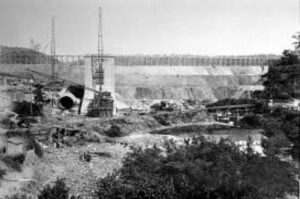
The land occupied by The Arbor and inhabited by white tail deer, turkey and an occasional black bear was acquired by Duke Energy for purposes of constructing Lake James. For many years the primary use was for the production of timber and wood pulp. Old logging trails can still be seen amid the natural forest of Virginia, white and short leaf pine, hemlock, white oak, sourwood and hickory. Later the land was managed by Duke’s development arm, now an independent firm Crescent Communities. Crescent later sold the parcel to Lake James Properties for development as The Arbor. Property sales began in 2002 even before roads were in place and continued in a series of phases.
For many years management of the neighborhood was primarily the responsibility of the developer until in 2012 the property owners organized a POA and took control of the neighborhood’s assets including financial reserves and common property. At that point they also assumed responsibility for ongoing management. Early actions included the establishment of a neighborhood vision and identity. Clearly stated was the desire to be a “Preferred Lakefront Neighborhood that reflects the uniqueness of it’s natural surroundings.” A new community logo and standard design elements were established. Common area landscape enhancements were undertaken, and common area was expanded to protect the community entrance.
A neighborhood Pavilion was designed and built as a gathering spot but also as a symbol of the type of neighborhood that we intend to be. Well known Asheville architect Michael McDonough designed the Pavilion to exist in concert with the environment and represent the history of the area. Made primarily of local black locust and granite the structure communicates the neighborhood’s commitment to quality and to development that enhances the natural beauty of our surroundings.
The POA has developed the neighborhood trails and the membership has established a long-term goal to acquire and protect 15% of the acreage in the neighborhood as common open space. The neighborhood has led Lake James in requiring shoreline stabilization as a condition of the building process and has adopted the provisions of the Lake James Protection Act for all home construction.
Today with over a hundred homes The Arbor is truly a special place, a place that we love and plan to protect for the benefit of future generations. We want to ensure that there is always space for our grandchildren to explore this wonderful land in concert with all it’s creatures, protecting all it’s beauties.
